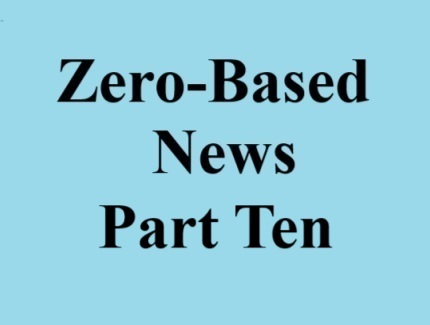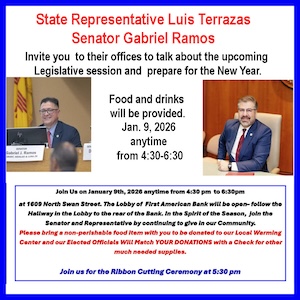Peirspictiochtai Ar An Saol
Zero-Based News
Part Ten

Have you ever wondered how "news" becomes "news"?
The better way to frame that question is to ask who decides what is "news."
It may be one person – the assignment editor at a broadcast station, the managing editor at a newspaper, the owner of a digital news site, or someone else with a different title.
It may be a group of people – members of the assignment desk at a broadcast station, a few editors at a newspaper who coordinate news coverage, a couple of writers at a digital news site, or another group of people.
These individuals may have very different views of what "news" is "news."
To a large extent, these individuals view what is "news" based on their backgrounds – how they were raised, where they grew up, what they were taught in schools, what they were taught by their families, what they learned from their peers, and other aspects of their lives.
While a news organization may have standards that are to be followed by these individuals, the backgrounds of these individuals influence how those standards are interpreted and implemented.
How those individuals utilize their knowledge and their life experiences influence the priorities of what news is covered, what news is reported, and how news is presented.
Some individuals are able to set aside their personal viewpoints when covering news, reporting news, and presenting news.
Other individuals, though, allow their personal viewpoints to impact how they cover news, report news, and present news.
The differences in these approaches may be subtle or obvious.
Take political viewpoints; they get a lot of attention today.
News of interest to someone with political views "X" may get covered and reported by that person; the presentation of that news may be positive in tone or include minimization of negative aspects of news.
News that does not conform to someone with political views "X" may not get covered or reported by that person; the presentation of that news may be negative in tone or include minimization of positive aspects of news.
Those differences may also be impacted by the type of news presentation.
An individual may cover a governmental meeting. That meeting, for example, may include two hours of reports, discussions, debates, and decisions on a range of topics. That individual has to decide what to report about that meeting. Depending on the type of news organization, that individual is likely limited to the amount of time, words, and/or space that they can use to report the news selected.
For example, an individual reporting the news may have 90 seconds to include the selected news in a broadcast platform or an individual may have 600 words to detail the selected news in a print format.
In other words, an individual reporting the news may need to present the news of a two-hour meeting, for example, in a 90-second news report or a 600-word news article.
Even if a person reporting the news strives not to let their personal viewpoints influence their presentation of the news, it takes skill to distill all of the information secured into a news piece that is limited in size.
Not everyone who decides what is "news" has that skill or chooses to use that skill if they have it.
The next news column in this series will focus on how the sources of news can determine what news is reported.
Peirspictiochtai Ar A Saol – Gaelic – Irish – for "Perspectives On Life" is a column focused on aspects of accountability and responsibility as well as ways people look at life.
Contact Richard McDonough at
© 2025 Richard McDonough











